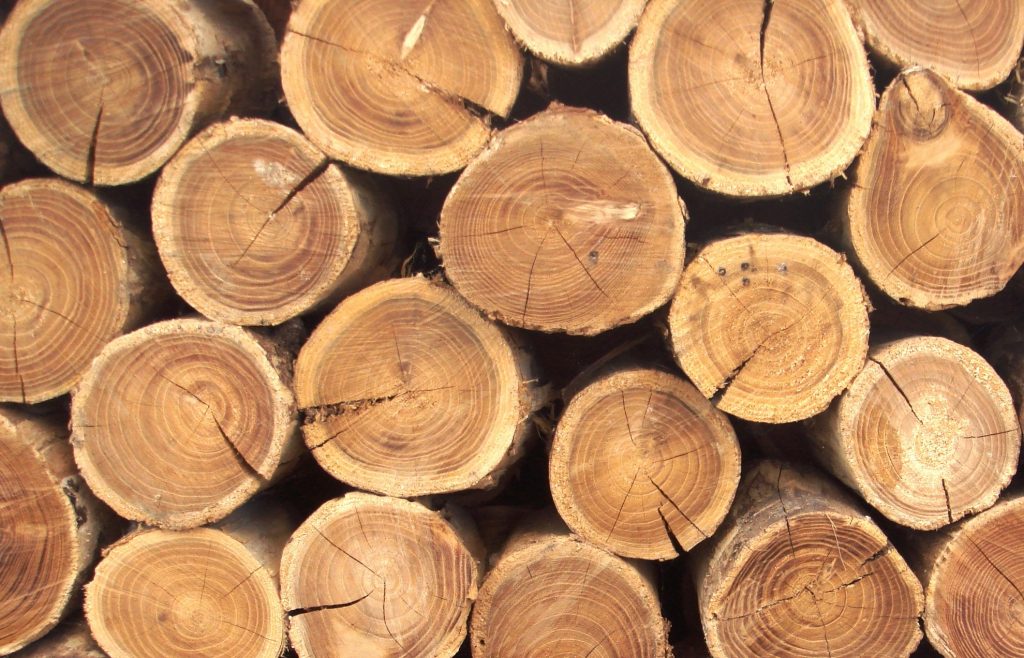Wood is a natural raw material used in the production of various structures. What is wood in physical terms? This natural material is a plant tissue that consists of densely arranged cells, which gives it special strength and resilience. Like all plants, the cell membrane contains cellulose, which also gives wood its strength. The cells of wood are called fibers because of their shape – long and narrow vertical tubes.

Wood retains heat well because the voids between the fibers are a kind of barrier and keep it inside.
The strength and weight of wood depend linearly on the size of the fibers: the thicker they are, the stronger the material.
Wood is easier to cut in the direction of the fibers, so wood species with their parallel arrangement are easier to process. Harder to process are species such as maple, as its fibers are closely intertwined with each other.
In addition to cellulose, wood consists of lignin, the substance that binds wood cells together. Its chemical formula is so complex that scientists have not yet fully unraveled it.
The resins, oils and other substances that make up wood give it its characteristic smell and color. Thanks to their presence wood is quite resistant to the process of rotting. They are also a determining factor for the choice of varnish covering the product.
There are a large number of types of wood. The wood is made of conifers: spruce, pine, cedar; monocotyledons: bamboo, palm; and deciduous (dicotyledons): oak, eucalyptus, maple. The value of wood is determined by its strength, durability, and pattern. Valuable woods include oak, cherry, beech, and others.
Wood materials combine many useful properties for production: strength, hardness, resilience, wear resistance, moisture and others. Depending on the requirements for one or another property, choose the appropriate type of wood.

Wood is used for a variety of purposes: in construction, furniture manufacturing, for making paper, as a fuel and as a finishing material. When used in a particular area, performance characteristics such as hardness, stability and level of shrinkage, degree of oxidation, expressive texture and resistance to stress are taken into account. These properties are expressed differently in different rocks.
It is difficult to imagine life on earth without this natural material. Its vast scope of application and variety of useful properties throughout the existence of mankind has served as an indispensable material in many areas of life. So what is wood? The answer is simple: it is a renewable, valuable natural resource for mankind.
